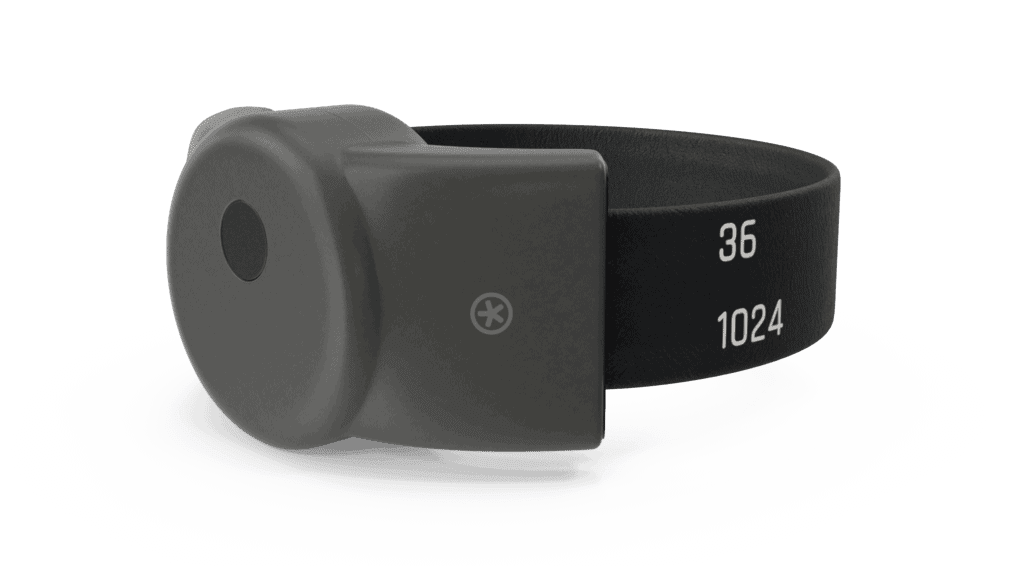What is Electronic Monitoring?


Electronic Monitoring System (EMS) is utilized in Ontario and comprises electronic monitoring technologies that enable Ontario Ministry staff to supervise offenders’ adherence to their Conditional Sentence, commonly known as house arrest, and parolees’ compliance with their curfew conditions. The system is imposed by Ontario Judges as an optional condition for Conditional Sentence Orders. Those who are serving Conditional Sentences and by the Ontario Parole and Earned Release Board (OPERB) are individuals released on Ontario Parole and Temporary Absence Programs.
The primary goal is to ensure that individuals strictly follow their Conditional Sentence and curfew conditions. It aims to reduce recidivism and offer a more affordable alternative to imprisonment. The individuals serving conditional sentences are placed under community supervision on the condition that they stay in their residence. However, there are a few exceptions made to allow them to go to work or participate in other activities deemed legitimate.
Those released on Ontario Parole and Temporary Absence Programs often have curfew conditions, necessitating them to maintain their presence at their residence at predetermined times. Individuals assigned to participate in the program must have a residence and an active land-based telephone service.
How Does Electronic Monitoring Work?
Electronic Monitoring with Bracelets
Electronic Monitoring typically employs devices in the form of bracelets. These are securely attached around the ankle of the individual being monitored. The bracelets continuously detect and relay the individual’s presence or absence within their approved residence. This critical information is sent to a computer system which the Ministry staff monitor round the clock at the Ministry’s Ontario Monitoring Centre.
Detection and Reporting of Violations
Instances of violations take place when the individual monitored is not at their residence at the prearranged time, constituting an unauthorized absence. Also, equipment and/or monitoring issues may occur during attempts to tamper with the monitoring equipment or when power outages or telephone service interruptions impact the residence of the individuals being monitored. Such violations and equipment or monitoring issues are reported to the Ontario Monitoring Centre and the assigned Case Managers through the computer system.
Decision-Making Process for Handling Violations
The assigned Case Managers then handle the decisions regarding their clients’ violations and issues. In cases where violations occur, those that cannot be resolved by the offender’s case managers, or when contact cannot be established with the individuals being monitored at certain times, the police are notified.
Is Electronic Monitoring Effective?
Critics often view the Electronic Monitoring System (EMS) as an unnecessary intrusion of the individual’s right to privacy. There’s evidence supporting that EMS tends to target low-risk individuals who would function well without the added controls of Electronic Monitoring. Evaluations on the long-term impact of Electronic Monitoring have found that offenders and probationers monitored via EMS show similar recidivism rates as those not subject to this monitoring.
No concrete evidence supports that EMS has a more significant effect on recidivism than the less intrusive, and less costly, correctional measure of probation and custodial sentences. There are alternative methods to decrease recidivism such as cognitive-behavioural therapy programs. These have been found to be a comparatively more effective strategy.
Higher-risk offenders who received cognitive-behavioural therapy treatment had a recidivism rate of 31.6%, while their counterparts who did not receive this therapy exhibited a recidivism rate of 51.1%. In comparison, EMS did not affect recidivism rates, whereas cognitive-behavioural therapy resulted in an almost 20% reduction in recidivism rate.
Facing Electronic Monitoring? Understand Your Legal Options
Electronic Monitoring (EMS) is used in Ontario to track individuals serving conditional sentences or parolees with curfew conditions. Any violations, such as unauthorized absences or tampering, can lead to serious legal consequences, including potential incarceration.
If you are facing electronic monitoring as part of your sentence or parole, Pyzer Criminal Lawyers can help. Our experienced Toronto criminal defence lawyers will assess your case and advocate for less restrictive alternatives where possible. Contact us today for a confidential consultation.

Jonathan Pyzer, B.A., L.L.B., is an experienced criminal defence lawyer and distinguished alumnus of McGill University and the University of Western Ontario. As the founder of Pyzer Criminal Lawyers, he brings over two decades of experience to his practice, having successfully represented hundreds of clients facing criminal charges throughout Toronto.




